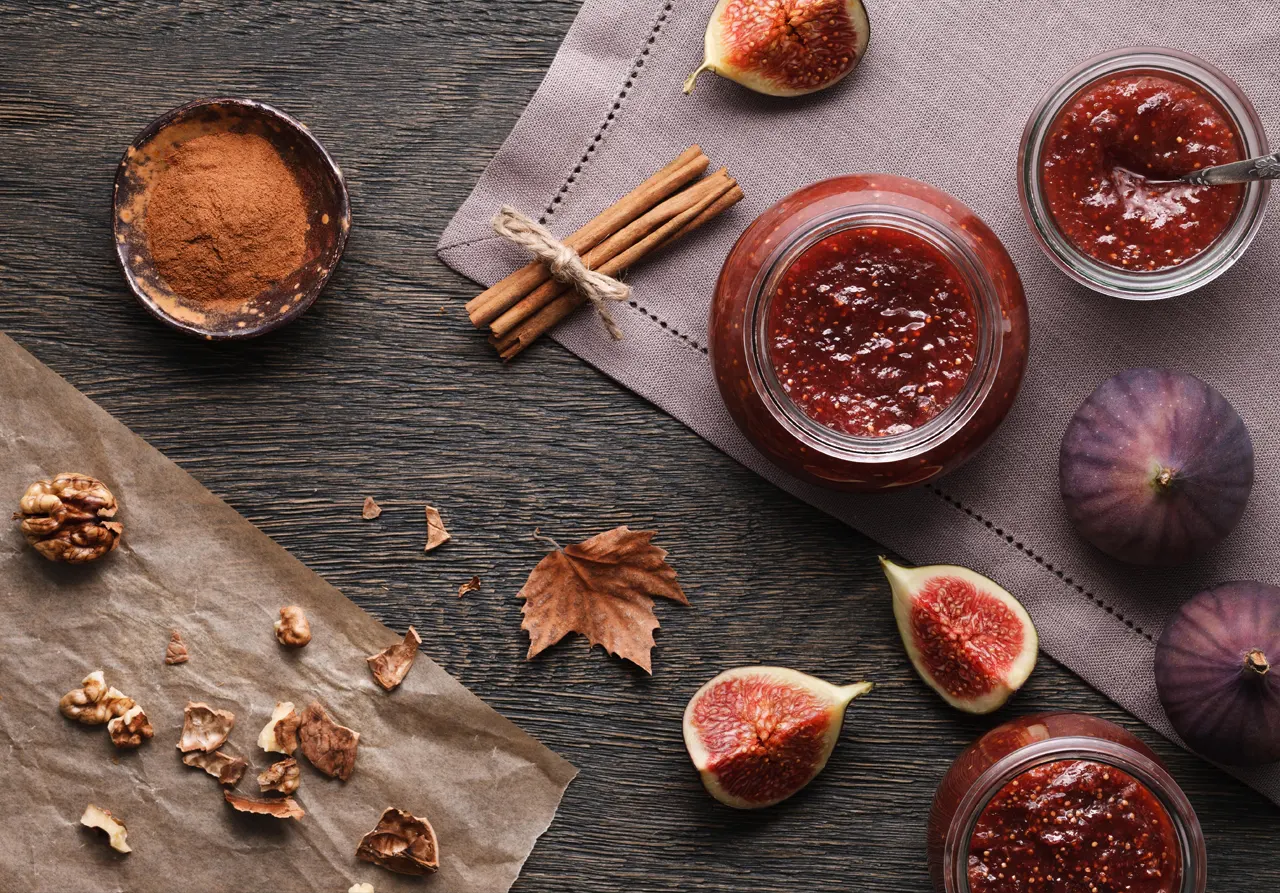Istill remember that day from my childhood—when my grandfather took me to his yard and showed me was a fig was. He loved the earth and always encouraged me to learn where the special ingredients I loved so much came from.
The fig is believed to be the world’s first cultivated tree. It appears at the start of the Bible, and its origins lie in the Middle East and Mediterranean. Later, the Spaniards brought them to California, which became one of the largest fig producers, along with Greece, Israel, Turkey, Spain, and Portugal.
Figs are high in fiber, minerals, and sugars. They are rich in potassium, iron, magnesium and can help strengthen your digestive system and control blood pressure. Fig leaves have even been found to have anti-diabetic properties.
The season for figs just ended in California. It lasts from June to September, but the season is just beginning in Europe.
Figs are delicate fruits and don’t last more than 1 to 2 days. Luckily, we can buy high-quality figs dried, canned, or natural. However, when buying canned fruits, you should be careful because artificial flavors, sugars and other ingredients might be added.
I always buy my figs from Food Match, a portal I recently found through a Mediterranean food producer and importer. Food Match guarantees quality in everything they do. From irrigation and pruning, to harvest, classification and conservation—thus their figs maintain flavor, color, and natural texture. In other words, these figs are cultivated by hand.
Now that the holidays are approaching, there’s nothing better than serving a cheese board with traditional canned fig flavored a touch of citrus or chili. My mouth is already watering at the thought of ham, sausages, manchego, almonds and bread on the table. You can also add fig to any dessert, sandwich, toast in the morning, and even in a milkshake.
When you go off to buy your next bundle of figs, remember to check the product’s origins, ingredients, and the company’s philosophy. We are what we eat!





